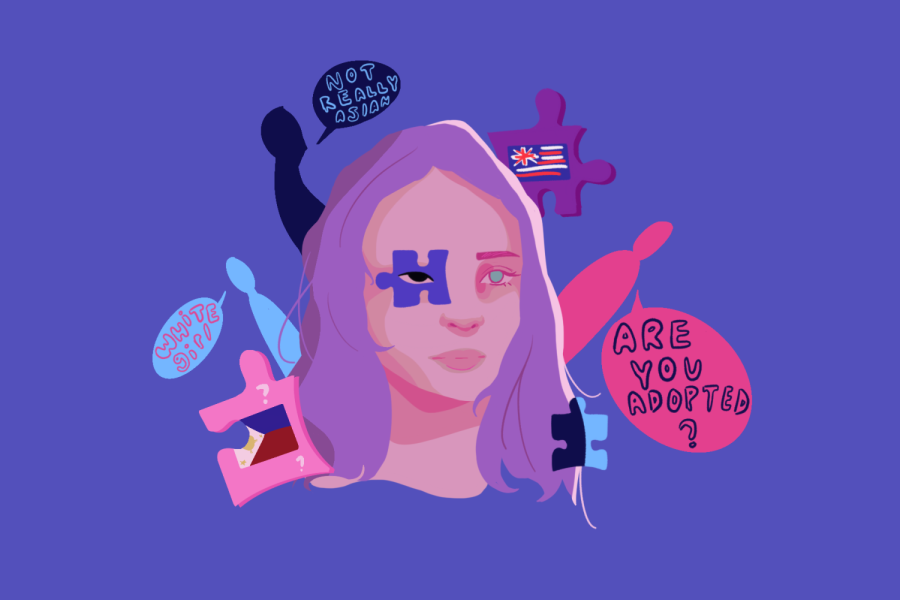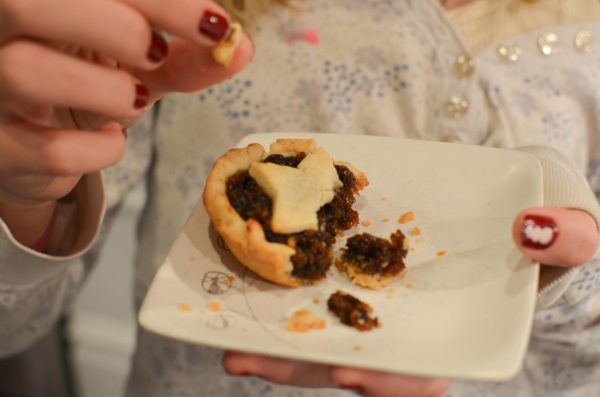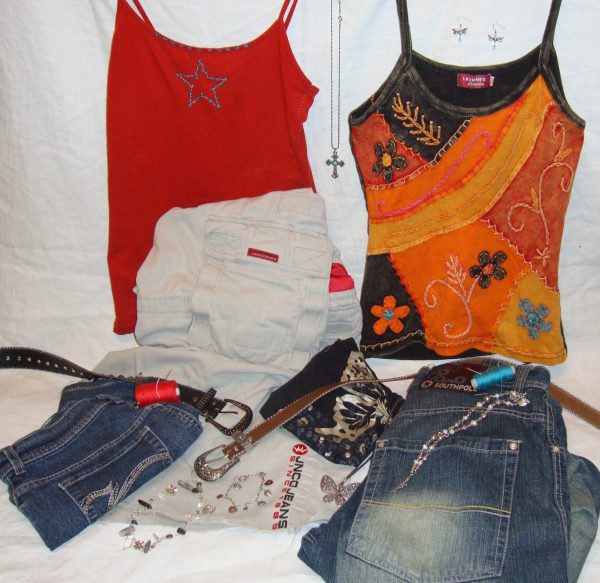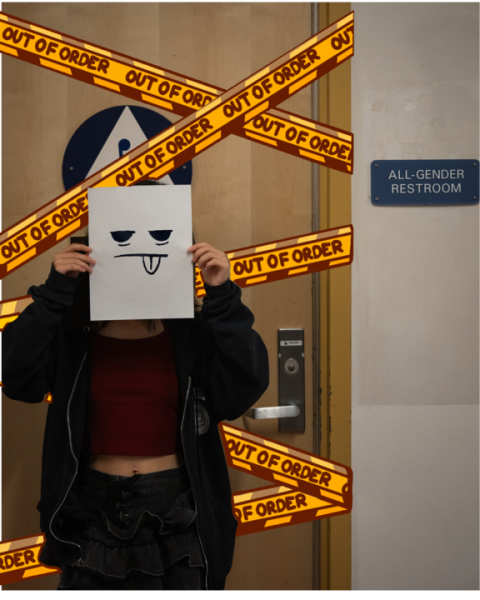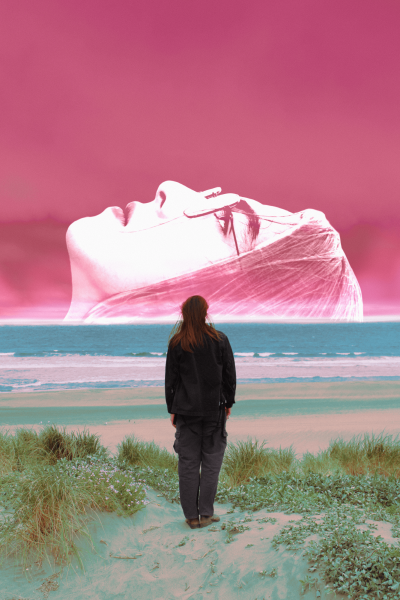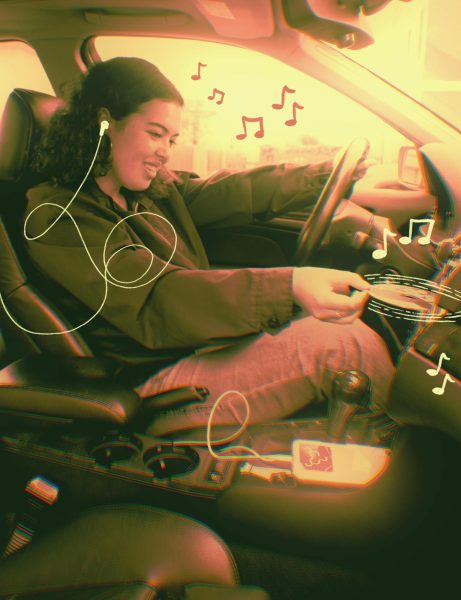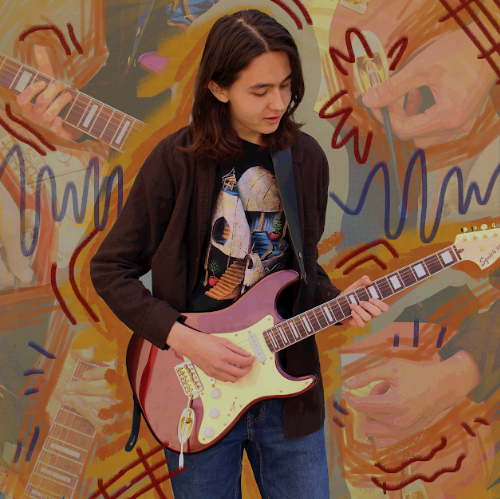Culturally adrift: searching for multiracial acceptance
When I was six months old, my mother took me shopping with her at Macy’s department store. While checking out, the cashier peered down at me and looked at us suspiciously. She then turned to my mother and asked, “Whose child is that?” My mother simply smiled and replied, “Mine.”
This happened a lot when I was growing up.
Even though I am hapa, someone who is partially of Asian or Pacific Islander descent, I am usually perceived as white. For the majority of my childhood, I didn’t think that other people’s perceptions of my race affected how I felt about myself. But as I’ve grown older, I’ve finally acknowledged the negative impact of other people’s perceptions, which has greatly affected the way I view my own cultural identity, inciting feelings of intense insecurity within me. Learning to recognize a person’s cultural identity, beyond their physical appearance, and overlook any preconceived notions is vital to gaining deeper insight into that person. And, ultimately, I’m more than other people’s perceptions of me. I’m more than just my face value.
When I was younger, people often assumed that my mother was either my nanny or babysitter because I looked white, and she did not. Her wiry dark brown hair and olive skin contrasted sharply with my own light brown curls and pale skin. She is Hawaiian, Filipino, and white. People were usually surprised when they met my mom for the first time, but they didn’t bat an eye when they first met my father, who is a mixture of several European ethnicities. Situations like this coupled with the fact that I have a Hawaiian middle name, Noelani, created a sense of uncertainty when it came to grappling with my multiracial cultural identity.
As a child, I often felt alienated from my peers. Starting from a young age, I noticed distinct differences between myself and my classmates, and I felt compelled to take a definitive stance when it came to who I chose to associate myself with. I attended St. Anne, a very small, private K-8 school located in the Sunset district of San Francisco. Approximately 80 percent of the school’s student population was East Asian. As a kindergartener, I resented my more Western-looking features. With my curly brown hair, I longed to have the same straight black hair that the other girls in my class had. I would frequently ask my mother about why I looked so different from them. This resulted in feelings of isolation.
As I got older, I wanted more than anything to fit in with my mostly Asian peers and avoid being typecast as the “basic white girl.” In my classes, there were very few white students and even fewer hapa students. Even so, it felt to me initially that at school I was obligated to choose a side: white or Asian — except the choice wasn’t really up to me. I was categorized by my peers as a white girl, as society seemed to be more concerned about what I looked like, rather than what I identified as: hapa.
In middle school, whether it was conscious or subconscious, I found that I gravitated towards befriending people that looked more like me: the other hapa students at St. Anne who didn’t look Asian enough to be considered Asian. Perhaps, deep down, I felt like they were the only ones who could truly understand me. And at school, my hapa friends provided me with a unique sense of belonging, as they could empathize with the feeling of being unwillingly divorced from a part of their cultural identity. In this way, we shared a visceral understanding of the experience of existing adjunct to one’s cultural community, rather than within it. However, because there were so few hapa students in my grade — just four of us — it was difficult to always maintain this sense of community.
Growing up, I felt detached from the non-white aspects of my cultural identity: my Filipino and Hawaiian heritage. But it wasn’t for a lack of trying. Although my mother is mostly Filipino, she identifies more with her Hawaiian heritage. So when visiting my grandparents on Oahu every summer, I tried my best to learn Hawaiian words and familiarize myself with traditional foods, as well as Hawaiian history. Yet no matter what I did, I couldn’t help but think that people only saw me as a haole, a white person. And aside from enjoying the occasional banana lumpia that my grandmother prepares for me, I feel as though I’m a stranger to Filipino culture, too. This sense of detachment from my Asian and Pacific Islander heritage has caused me to feel like an imposter every time I mention to someone that I am part Filipino and Hawaiian.
This negative self perception is complicated by peoples’ perceptions of whiteness. In a recent conversation, a close friend of mine, who is Asian, implied that I wasn’t really Asian. I felt both surprised and confused. It felt like she was dismissing my identity and my experiences as a multiracial person. However, when I tried to argue with her, she insisted that I benefited because I appear white. I recognize that I am privileged, but it is not a privilege that I have ever wanted. Because of being white-passing, there have been many times when I felt as though I did not have the right to speak up in discussions surrounding BIPOC issues. This made me feel ostracized but also powerless, as I knew that there wasn’t really anything I could do to change others’ perception of me. This is why I rejected the idea of joining Fil-Am or Polynesian Club. At first, I rationalized my decision by convincing myself that I wouldn’t enjoy being part of either club due to the fact that I’m not a very good dancer. But it was really because I felt that I didn’t look Hawaiian or Filipino enough and didn’t want to be seen by others as just a “white ally.”
Over the last year, I’ve felt a growing need to prove my mixed-ness, to show that I do belong to all of these communities. As a result, I’ve often felt forced to overcompensate. I’ve noticed, for example, that my multiracial identity is often one of the first things I mention when I meet people. And on occasions when people have assumed that I’m only white, I’ve become somewhat defensive and have usually been very quick to correct them. Recently, though, my desire to prove my ethnic identity translated into genealogical action: I purchased a DNA testing kit from the personal genomics and biotechnology company 23andMe. When I received my results, stating that I was 60 percent European, 37 percent Filipino and 3 percent Melanesian, I felt vindicated. My multiracial ethnicity was confirmed. I realized at that moment that I had been searching, subconsciously at least, for definitive evidence like this for much of my life. Suddenly, I felt like less of an imposter.
In the future, I hope to develop a stronger, healthier relationship with the parts of my cultural identity that I’ve long been disconnected from, free from insecurities. I want to work to recognize the stereotypes surrounding multiracial people, without internalizing them. Furthermore, I hope to learn more about my Filipino heritage and embrace my multiracial identity without a sense of guilt because I look white. I feel that it is of vital importance that people as a whole begin to make a more conscious effort to recognize their biases and prevent their preconceptions, based upon others’ appearances, from informing their treatment of others. Inherently complex as we are, people cannot be easily categorized or put neatly into boxes. And, as the population of mixed-race people in the United States and around the globe continues to grow at an astronomical rate, it is my hope that people will finally begin to absorb the lesson offered by this old English saying: you simply can’t judge a book by its cover.
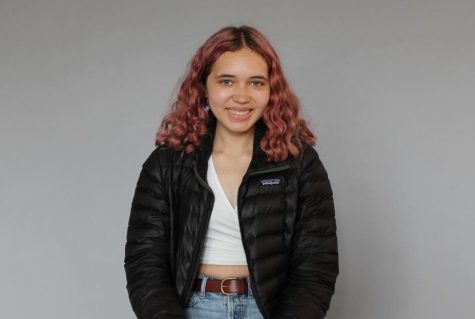
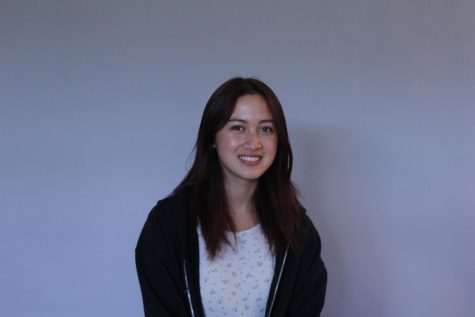
Elise is a senior. This is her third year as an illustrator for the publication. Some of her interests include petting cats, going to museums, and spending unforgiving amounts of money on the evil coffee monopoly that some may know as Peet's.


